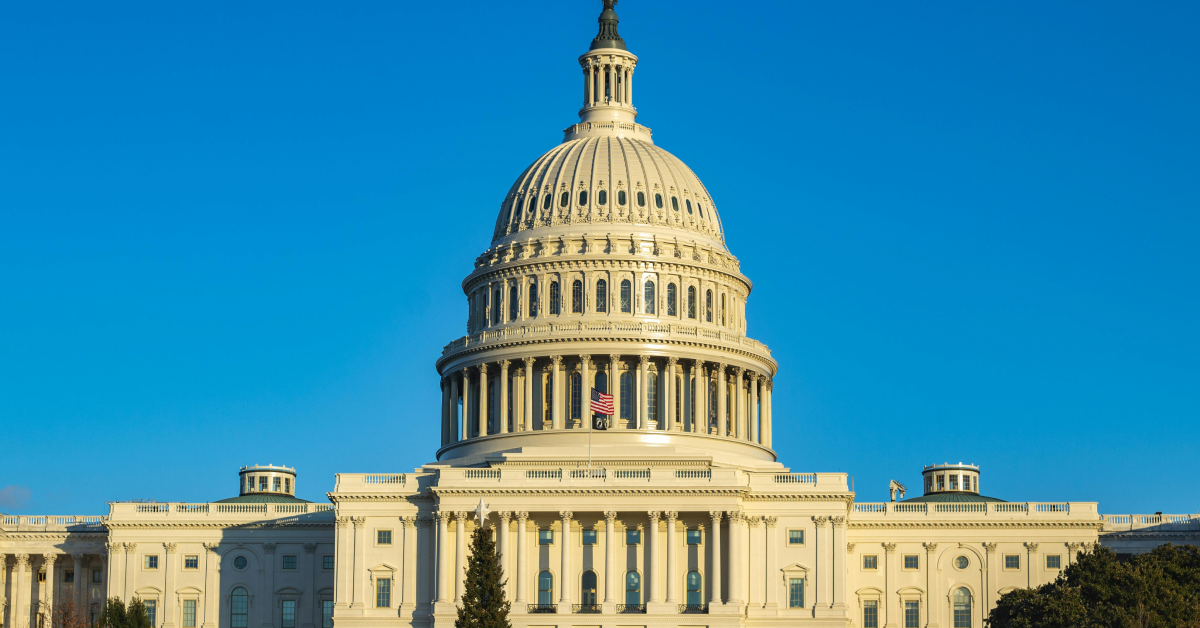
The Alternative Investment Landscape in 2025
AET Team
Topics: Alternative Investments, Self-Directed IRA
As we look ahead to 2025, alternative assets are expected to remain a focal point for retail and institutional managers alike. Driven by a volatile macroeconomic environment, evolving interest rate dynamics, and the need for portfolio diversification, alternative investments have the potential for continued prominence. Drawing from emerging trends and data from 2024, this blog explores the alternative asset classes that could garner attention in the new year.
Private Equity: The Evergreen Favorite
Private equity is anticipated to maintain its status as a leading choice for both retail and institutional investors. Projections suggest continued robust fundraising activity, driven by several factors:
-
Stable Returns in a Dynamic Market: Private equity’s ability to generate consistent returns over the long term makes it a resilient choice.
-
Opportunities in Growth Sectors: Technology, healthcare, and renewable energy are expected to remain focal points for private equity activity (Preqin, 2024).
-
Retail Participation: The democratization of private equity through innovative fund structures has broadened access for individual investors, a trend likely to persist.
Real Estate: Evolving Priorities
The real estate sector is expected to evolve, with focus areas shifting toward specific subsectors:
-
Industrial Real Estate: The continued expansion of e-commerce suggests ongoing demand for warehouses and fulfillment centers (CBRE Market Outlook, 2024).
-
Multifamily Housing: Persistent housing shortages are expected to keep multifamily developments in high demand.
-
Sustainability-Driven Projects: ESG considerations will likely drive attention toward energy-efficient and sustainable real estate developments (GRESB, 2024).
Infrastructure: Building Momentum
Infrastructure investment is projected to grow, supported by public and private sector initiatives. Key areas of focus include:
-
Renewable Energy Projects: Investments in solar, wind, and energy storage are expected to expand as countries advance their net-zero goals (International Renewable Energy Agency, 2024).
-
Digital Infrastructure: Growing demand for data centers, fiber networks, and 5G infrastructure is likely to drive significant investment.
Private Credit: A Rising Contender
Private credit is gaining attention as an alternative to traditional fixed-income investments. In 2025, this asset class is expected to see continued growth due to:
-
Attractive Yield Opportunities: Amid rising interest rates, private credit offers competitive yields, appealing to income-focused investors.
-
Diverse Lending Strategies: From direct lending to distressed debt, private credit provides flexibility for investors seeking tailored risk-return profiles (Institutional Investor, 2024).
-
Institutional Interest: Pension funds and endowments are increasingly allocating to private credit to diversify their portfolios.
Hedge Funds: Navigating Complexity
Hedge funds are expected to attract attention as they adapt to a complex economic landscape. Trends anticipated for 2025 include:
-
Macro Strategies: Interest rate fluctuations and geopolitical developments may bolster macro-focused hedge fund activity.
-
Event-Driven Strategies: Corporate mergers, acquisitions, and restructuring are likely to remain key areas for hedge fund strategies (EY Global Alternative Fund Survey, 2024).
-
Market-Neutral Strategies: Continued market volatility may sustain interest in balanced, risk-adjusted portfolios.
Venture Capital: Innovation at the Forefront
Venture capital (VC) is expected to continue focusing on innovation, with several trends likely shaping the landscape:
-
AI and FinTech: Artificial intelligence and financial technology are anticipated to remain leading sectors for VC investment.
-
Climate Tech: Startups addressing climate challenges, such as carbon capture and sustainable agriculture, are likely to gain attention (PwC State of Climate Tech Report, 2024).
-
Geographic Diversification: Emerging markets may continue to attract venture capital interest as new opportunities arise.
ESG-Aligned Investments: A Growing Priority
Environmental, Social, and Governance (ESG)-aligned investments are expected to gain further traction in 2025. Key areas of focus include:
-
Integration Across Asset Classes: ESG principles are increasingly being incorporated into private equity, real estate, and public markets.
-
Thematic Investing: Focus areas such as clean energy, social equity, and sustainable supply chains are drawing significant attention (MSCI ESG Trends to Watch, 2024).
-
Regulatory and Investor Pressure: Enhanced disclosure requirements and investor demand for responsible investing are expected to drive growth in ESG-aligned strategies.
Digital Assets
Digital assets are expected to see continued interest, influenced by evolving regulatory clarity and technological advancements. Key areas of focus include:
-
Institutional Products: The expansion of regulated digital asset funds and investment vehicles is likely to enhance institutional participation (CoinDesk Research, 2024).
-
Blockchain Applications: Beyond cryptocurrencies, investments in blockchain solutions for various industries are expected to grow.
-
Regulatory Clarity: Ongoing developments in global regulatory frameworks may reduce uncertainty and foster broader adoption.
Collectibles and Luxury Assets
Collectibles, such as fine art, vintage cars, and rare wines, are likely to maintain their appeal in 2025. Trends driving interest include:
-
Portfolio Diversification: These assets often exhibit low correlation with traditional investments (Knight Frank Wealth Report, 2024).
-
Cultural and Emotional Appeal: The dual benefit of potential financial returns and personal enjoyment continues to attract high-net-worth individuals.
Outlook for 2025
The alternative asset space is expected to see sustained growth, driven by:
-
Increased Accessibility: Innovations in platforms and fund structures are likely to further democratize access to alternatives (Institutional Investor Trends, 2024).
-
Regulatory Developments: Evolving frameworks, particularly for emerging assets like cryptocurrencies, are expected to enhance confidence among market participants.
-
Technological Advancements: Integration of technology, including blockchain and AI, is anticipated to streamline investment processes and open new opportunities.
Conclusion
As we move into 2025, alternative assets are set to remain a dynamic and integral component of investment strategies for both retail and institutional managers. From private equity to digital assets, the focus is on diversification, innovation, and adapting to an evolving financial landscape. Monitoring these trends will be key for understanding the shifting dynamics of the alternative investment space.
Want to learn more about how to access and manage alternative assets?
Subscribe to the
AET Blog
Stay up-to-date with the latest articles, tips, and insights from the AET team
Popular Posts:
RIA Considerations for Alternative Investments in 2023 Everything to Know About SDIRA Prohibited Transactions The Alternative Investment Landscape in 2025 Types of Self-Directed Retirement Accounts: Exploring The Benefits How Advisors Differentiate Themselves With Crypto and SDIRA Investments
You may also like these articles on: Alternative Investments , Self-Directed IRA

Alternative Investments

Investment Advisors

Alternative Investments